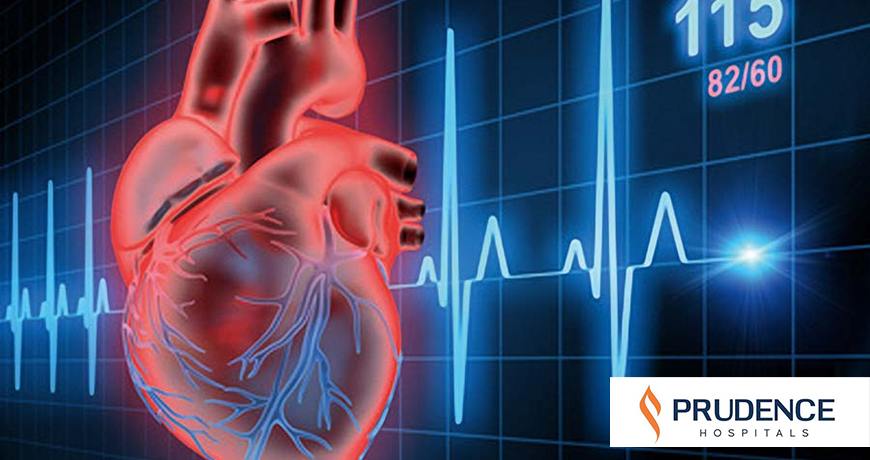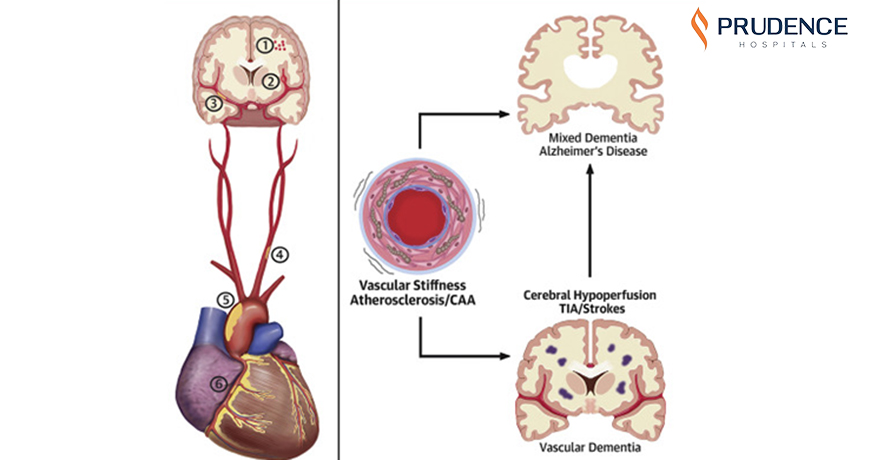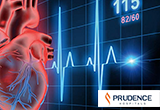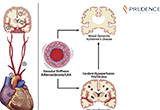




In brain–heart connection and occurs in several conditions with acute brain injury that share oversympathetic activation. The brain's influences on the heart can include elevated cardiac markers, arrhythmias, repolarization abnormalities on electrocardiogram, myocardial necrosis, and autonomic dysfunction. The neurogenic stunned myocardium in aneurysmal subarachnoid hemorrhage represents one end of the spectrum, and is associated with an explosive rise in intracranial pressure that results in excess catecholamine state and possibly CBN. A brain–heart link is more known to cardiologists than neurologists.
intrinsic cardiac nervous system (ICNS)
cardiac nervous
intrinsic cardiac nervous system (ICNS) contains efferent (parasympathetic and sympathetic) neurons, local afferent neurons and local circuit neurons. The intrathoracic extracardiac ganglia (stellate ganglia and middle cervical ganglia) contain sympathetic neurons, local afferent and local circuit neurons.
normal conditions (not necessarily under stress) are actually erratic, or chaotic in appearance. This chaotic appearance is reflective of a healthy response to an ever-changing environment, internal and external. When analyzed with sophisticated computer programs looking for mathematical and geometric patterns, however, subtle patterns emerge from the chaotic-appearing data. They liken these patterns to looking at shapes found within nature, whether a snowflake, a jagged mountain range or coastline, tree branches or even the branching pattern of the bronchial tubes out to the alveoli in human lungs.
Our Services
24/7 Ambulance
Prudence Hospitals emergency/trauma care team is distinguished by its training, expert coordination, and 24-hours availability of specialized surgeons, specialists, such as Orthopaedics, Neurosurgery, Cardiology, Pediatrics and Radiology are readily available 24/7.
Meet Our Doctors







